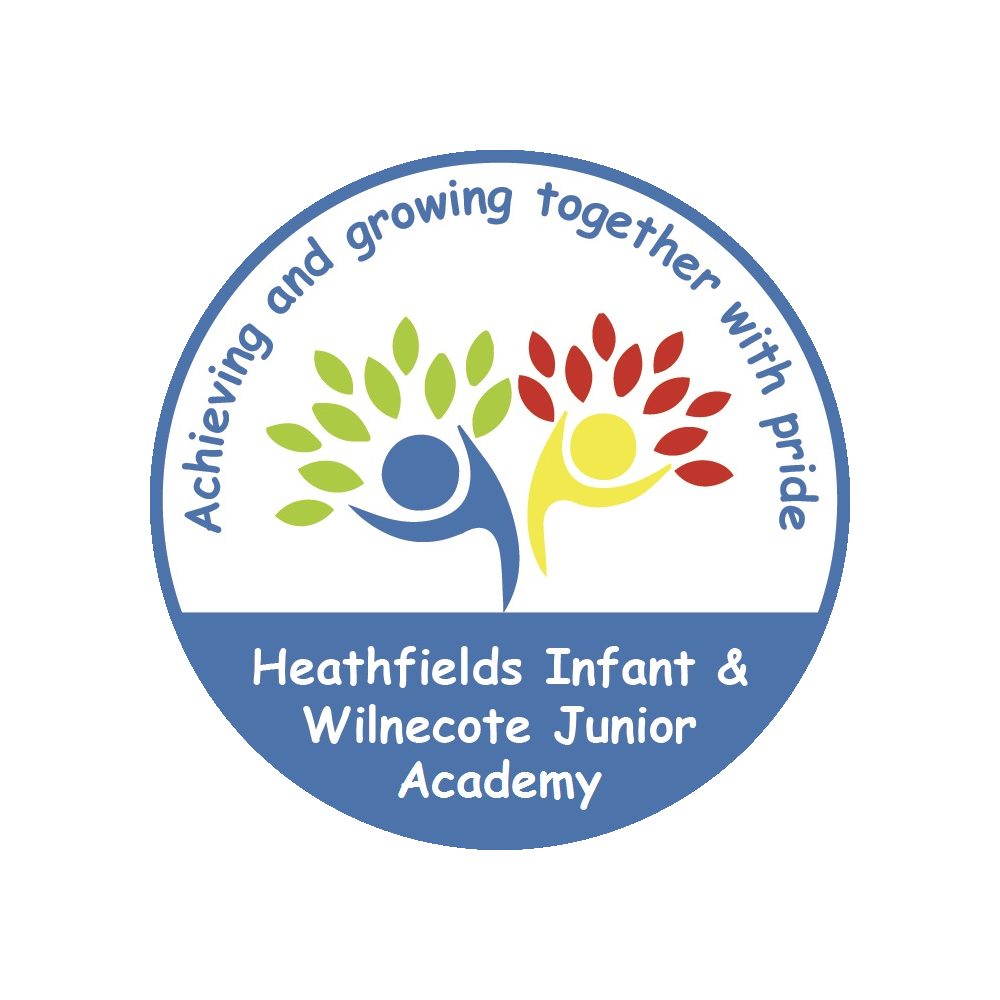Islam

The Staffordshire Agreed Syllabus, approved by Ben Adams (Staffordshire County Council Lead Member for Learning and Skills), highlights the importance of religious education for all pupils of primary age. It states 'The curriculum's aim to increase levels of 'religious literacy' is therefore fundamental to them being able to live well and thrive'.
What does it mean to be religiously literate?
A religiously literate person would have an established and growing knowledge and understanding of beliefs, practises, spiritual insights and secular world views. In the context of their own considered standpoint they would also be open to engaging with the views of others in a plural world.
In order to ensure that our children are able to become 'religiously literate' the Staffordshire Agreed Syllabus states that children at KS1 should learn about Christianity and one other faith with the recommendation being Islam and at KS2, Christianity and two other faiths should be focused upon to illustrate the key dimensions being studied.
Key Dimensions
The development of a religiously literate person has to take place in a context, using dimensions and content to explore the three curriculum aims of exploring, reflecting and engaging.

An exploration of key religious dimensions will give pupils the building blocks with which to construct their understanding of belief systems, and the context in which to develop the attributes of the religiously literate person. The three curriculum aims are supported by six broad dimensions:
1. Beliefs, teachings and sources
2. Practices and ways of life
3. Expressing meaning
4. Identity, diversity and belonging
5. Meaning, purpose and truth
6. Values and commitments
How do our schools follow the Staffordshire Agreed Syllabus?
At Heathfields Infant and Wilnecote Junior Academy, we plan and deliver our RE curriculum in line with the Staffordshire Agreed Syllabus. We use the Discovery RE programme which underpins most of our R.E. curriculum, however, with changes consistently happening in schools we are also developing and adapting our own curriculum to ensure that our children can become 'religiously literate'. In doing so, we have developed our teaching of both Islam and Sikhism to broaden our children's narrow world view. In selecting Sikhism, we took each of the other main religions (Hinduism, Judaism and Buddhism) into account along with the religious background of our school. We do not have many children of different religions other than Christianity in our school so chose the religion, that through research, we have found shares similar values and practises to Islam and Christianity so that the children can compare the practises and ways of life across these diverse religions.
Islam at our schools
At Heathfields and Wilnecote, children begin to explore Islam in KS1 during year 1 and this develops throughout the school as children will also learn about Islam in years 2, 4 and 6. As our children progress through the school, we want to encourage them to develop their skills of enquiry and delve deeper into different religions, especially as we head into upper key stage 2. Therefore, you will see below the progression document for Islam which maps out how the children's knowledge and understanding of Islam will develop as they focus, discover and explore Islam in greater depth as they move through the school.
Useful links for Islam
